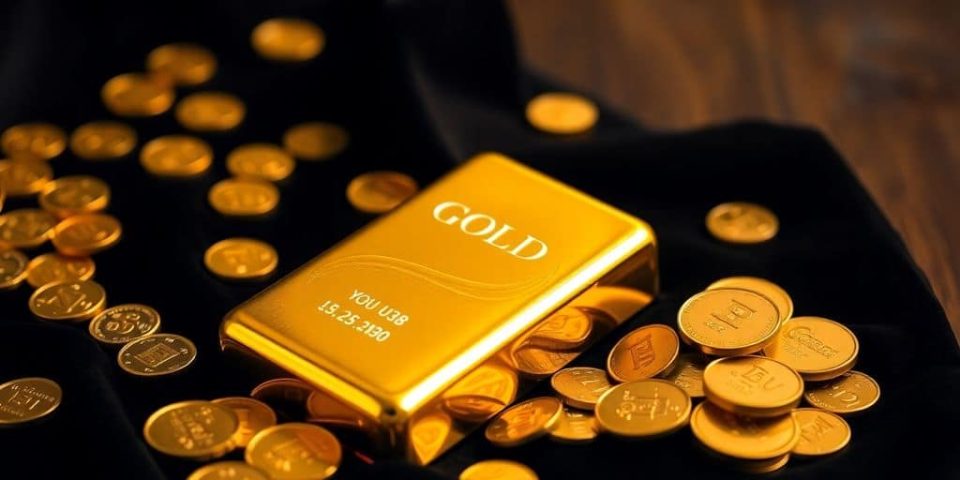Gold prices soared to unprecedented levels today, with intraday trading pushing the precious metal to a new all-time high of $3,334 per ounce. This dramatic $90 surge reflects a 40% increase over the past year, underscoring gold’s renewed appeal as a safe-haven asset amid escalating global uncertainty.
Several factors have converged to fuel this historic rally. The most immediate catalyst is the intensifying trade conflict between the United States and China. President Donald Trump’s recent announcement of potential tariffs, reportedly as high as 245% on critical mineral imports, has heightened investor anxiety and amplified concerns about the stability of global supply chains. China’s response, signaling a refusal to remain passive under US pressure, has only added to the market’s unease.
This climate of uncertainty has eroded confidence in traditional risk assets and the US Dollar, prompting investors to seek refuge in gold. The dollar’s ongoing weakness has further supported gold’s ascent, as a lower dollar makes the metal cheaper for holders of other currencies, spurring additional demand.
Central banks have also played a pivotal role in gold’s rally. Consistent and robust purchases by monetary authorities worldwide have provided a solid foundation for the market. In addition, flows into gold-backed exchange-traded funds (ETFs) have remained strong, reflecting persistent investor appetite for the metal as both a hedge against inflation and a buffer against geopolitical shocks.
Analysts and major financial institutions are taking note of gold’s momentum. Goldman Sachs (NYSE: GS) recently raised its year-end gold forecast to $3,700 per ounce, citing stronger-than-expected central bank demand and heightened recession risks that are driving inflows into ETFs. Other investment banks, including UBS and Citi Research, have also revised their forecasts upward, with projections ranging from $3,300 to $3,700 for the remainder of 2025.
Ole Hansen, head of commodity strategy at Saxo Bank, commented, “Trump’s trade war shows no signs of easing after the President ordered a probe into critical minerals, semiconductors, and pharmaceuticals, sparking a fresh move towards safe havens and out of stocks”. This sentiment is echoed by other market observers, who point to the combination of trade war tensions, a softer dollar, and mounting concerns about global economic growth as the primary drivers behind gold’s surge.
The market is now closely watching upcoming US economic data and comments from Federal Reserve Chair Jerome Powell for further clues on the trajectory of monetary policy. The prospect of a Fed rate cut later in 2025 is widely seen as another potential tailwind for gold, as lower interest rates tend to reduce the opportunity cost of holding non-yielding assets like gold.
Despite the rapid ascent, some analysts caution that the rally could face headwinds if trade tensions ease or if the US Dollar stages a recovery. However, with geopolitical risks and economic uncertainty showing few signs of abating, gold appears positioned to maintain its upward trajectory in the near term.
For investors, the latest surge underscores gold’s enduring role as a store of value during periods of market turbulence. As of today, gold’s record-setting performance is a clear signal that risk aversion remains high and that the search for safety is far from over.

